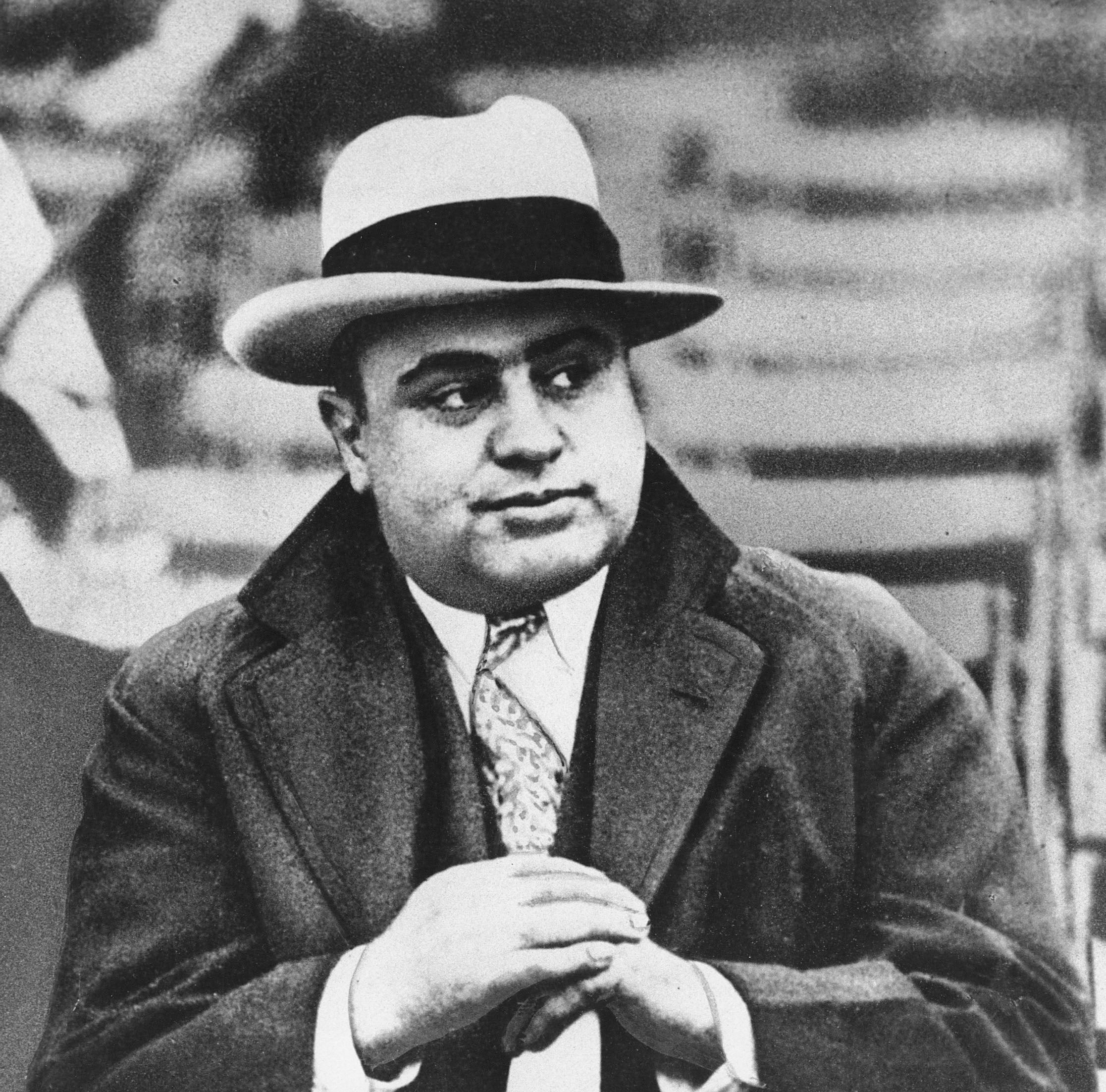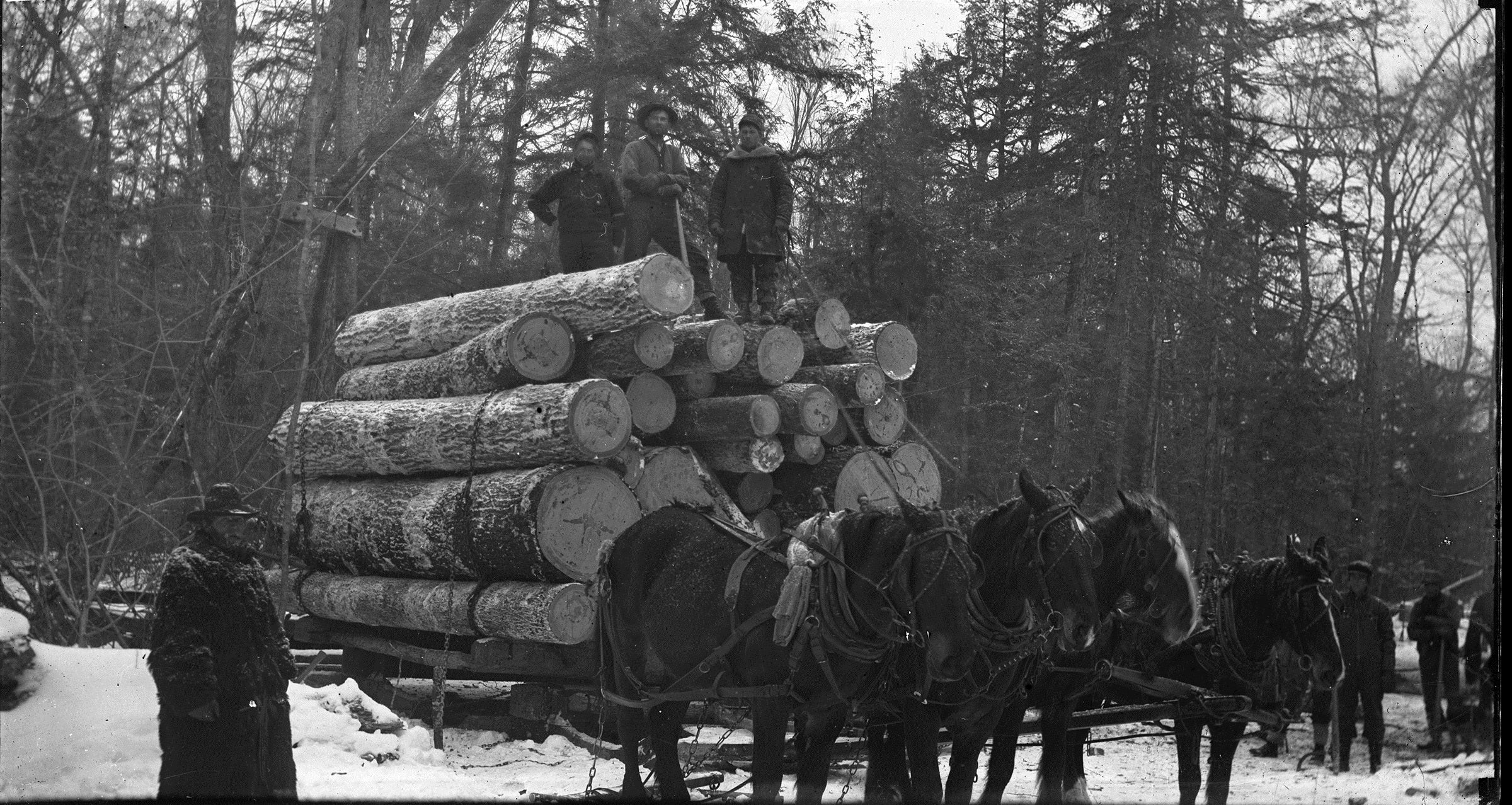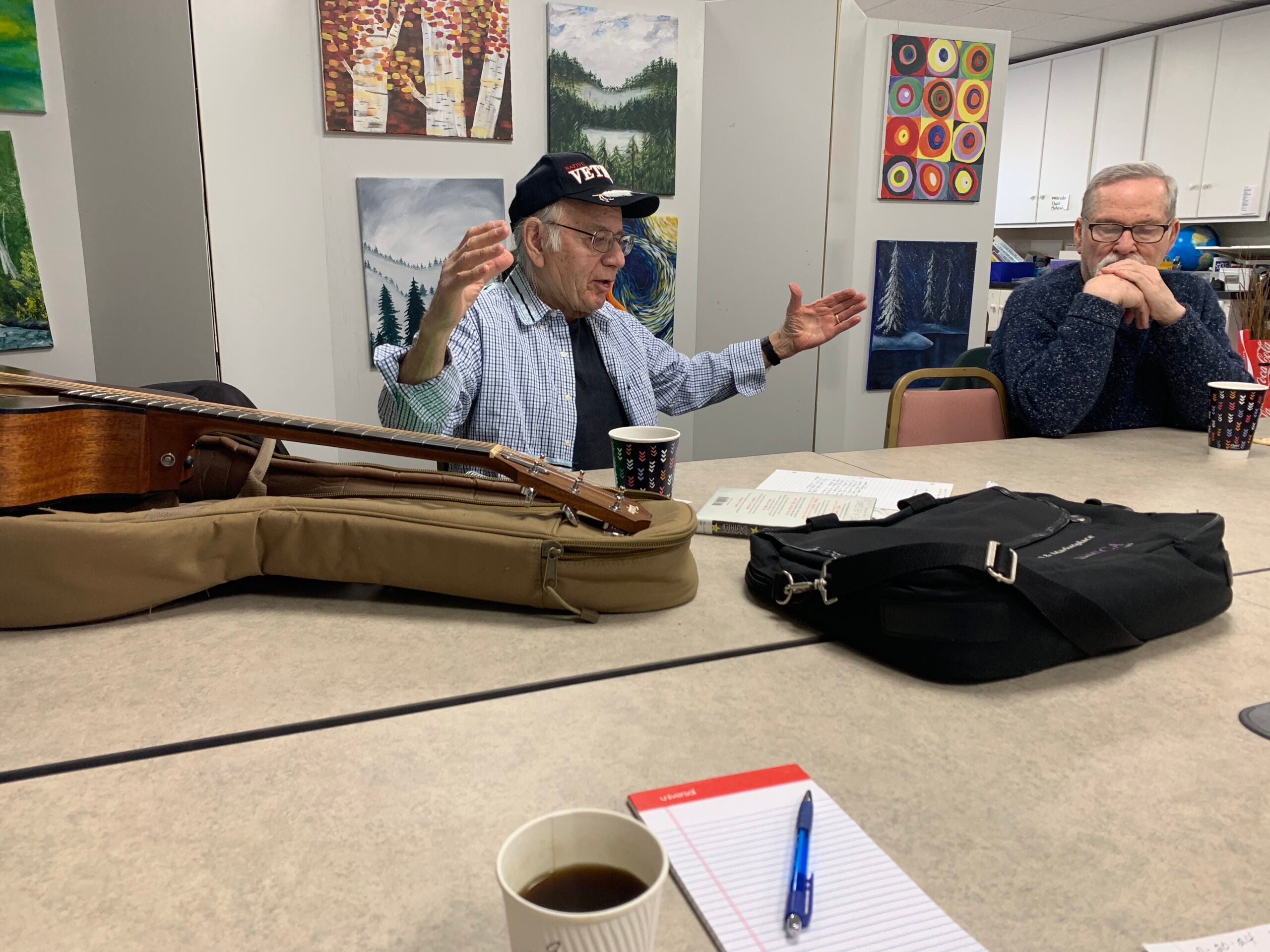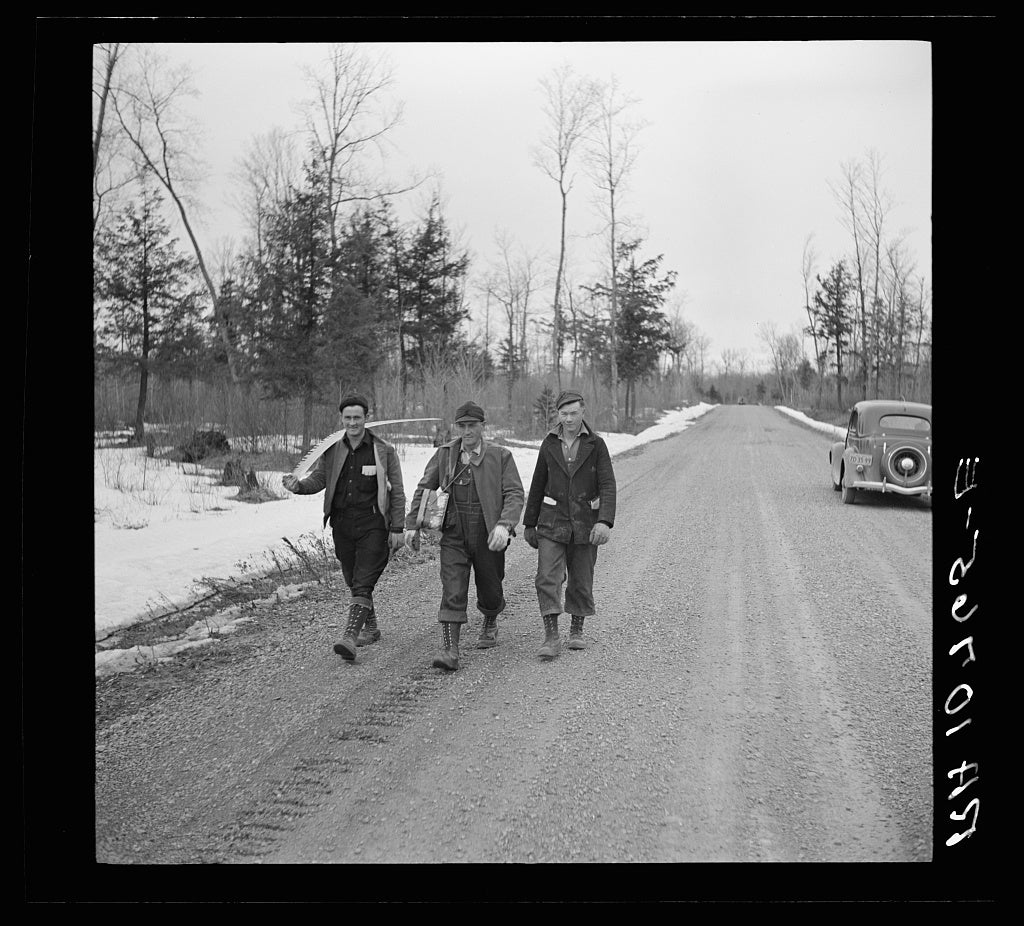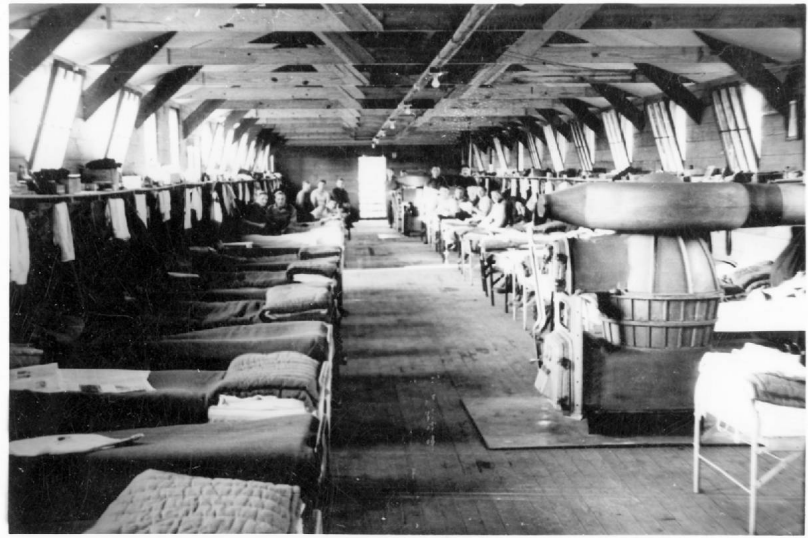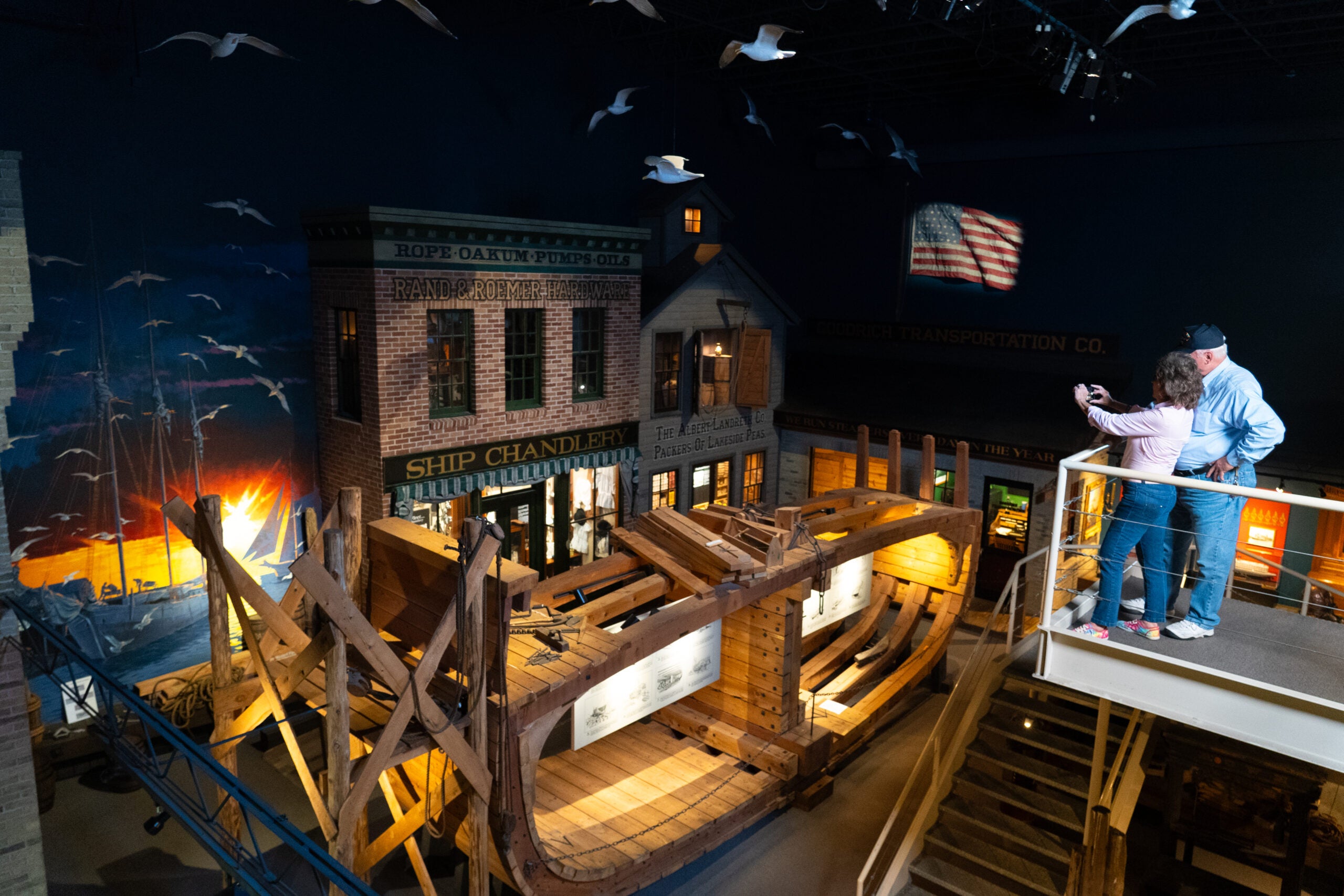With its dense forests, serene lakes and remote lodges, portions of Wisconsin’s Northwoods became a sanctuary for some of America’s most notorious gangsters during the Prohibition era, leaving a legacy that continues to this day.
Figures like Al Capone and John Dillinger found the area an ideal retreat not just for its isolation but for its beauty, recreation and the local culture that allowed for a certain freedom.
These criminals were drawn to the same qualities that attract tourists today: the promise of relaxation, a connection to nature and a sense of escape. But for the gangsters, the Northwoods offered something more — the chance to operate under the radar.
Stay informed on the latest news
Sign up for WPR’s email newsletter.
Author and researcher Chad Lewis told WPR’s Shereen Siewert that many residents welcomed the influx of money brought by the men who made the Northwoods their playground. At Little Bohemia Lodge, site of an infamous shootout between the FBI and Dillinger’s men, visitors can still see the bullet holes left behind in the botched raid.
“Little Bohemia still has memorabilia from when the gangsters were there,” Lewis told Siewert, on Morning Edition. “They even advertise that their food was so good, Dillinger only left because he had to.”
Today, the legends surrounding these criminals continue to captivate visitors and historians alike. From stories of buried treasure to tales of mistaken identity, the lore of the Northwoods keeps the spirit of the Prohibition era alive.
The following interview was edited for brevity and clarity.
Shereen Siewert: What was it about the Northwoods that made the area so attractive to gangsters like Al Capone and John Dillinger?
Chad Lewis: Not only were they positioned close to Chicago and Saint Paul, two of the biggest prohibition hideouts or safe havens for criminals around the world, they loved the Wisconsin Northwoods.
They loved it for the same reasons we do: the beauty of it and the relaxation. Most of these men, even though they were diehard gangsters and dangerous criminals, were avid outdoorsmen. They loved to hunt and they loved to fish, as most men did of that era, so they wanted to vacation the same way we do in the Northwoods.
People there tend to feel as though you can be as weird and wild as you want as long as you’re not harming anyone else.
SS: How did local residents and police react to their presence?
CL: The local residents loved it because they were spreading money throughout the community. Often, they would come up in the middle of the winter when it was completely dead up in the Northwoods. It wasn’t filled with Chicago tourists like it is today.
They were throwing around money as though they had just robbed a bank. As far as the police go, they turned a blind eye. Many of them didn’t believe in prohibition. Most of the prohibition arrests during that era were done by federal agents, not local sheriffs.
When Al Capone was heading up to his lodge up near Couderay, he would have his men call up to the sheriff’s department and say, “The boys are coming up this weekend.” The sheriffs in the area would literally hold out their hands and say, “What can we do to help?”
They knew that those men would bring money and payoffs, and they weren’t going to risk their lives over somebody bootlegging. It was all about turning a blind eye up there, which is one of the reasons the gangsters loved it.
SS: The shootout at Little Bohemia Lodge in Manitowish Waters has to be one of the most infamous gangster incidents in Wisconsin. Can you walk us through what happened?
CL: Dillinger shows up in April of 1934. This is John Dillinger, public enemy No. 1, the most infamous bank robber in the world, and he shows up wanting to rent the entire place for the whole weekend.
Of course, money was no object and in the beginning the owners were very excited. They needed the business, and the gangsters were telling great stories. They were tipping really well. They were buying all the rounds. The only thing that bothered the owners is that all of the men seemed to have a large lump on the side of their jackets. They would soon find out what those lumps were.
Throughout the weekend, someone smuggled out information on a matchbook that Dillinger was up in Manitowish Waters and they finally got word down to the FBI division in Chicago.
Melvin Purvis flew up and the agents started to come up with their plan. They met at a place called Voss’ Birchwood Lodge, a resort that’s still there today just south of Little Bohemia. There, they got the news that Dillinger was about to leave at any moment. He had an uncanny knack for knowing when things weren’t right.
Purvis just raced over there, expecting to arrest Dillinger on his way out. But unfortunately for the FBI, some workers came out of the lodge after a night of drinking and eating there, and the feds panicked. They thought it was Dillinger, so they opened fire on these three men, killing one of them, injuring the other two.
That’s when all hell broke loose at Little Bohemia. Baby Face Nelson, who was staying in a side cabin, came out guns blazing, shooting at the FBI. Then he ran into the woods and the rest of the gangsters escaped. They had a “detailed” escape plan, and it was this: they simply crawled out the back window.
The federal authorities, while trying to capture the most elusive men in America, did not know there was a nice little ravine that the gangsters could hop down into by the water. The gangsters were gone for hours before the FBI finally decided to shoot tear gas into the building. The gangsters were all gone. Some of them were back in Saint Paul, at a speakeasy that very night. It was a huge embarrassment. Baby Face Nelson ended up killing an FBI agent on his way out. It was a huge fiasco.
SS: How accurate are the stories that we hear today? Are there any common myths or exaggerations that you’re aware of?
CL: Speaking of Little Bohemia, one legend that’s been told for decades is that the gangsters buried $100,000 in cash on the property somewhere, and you can go up and look for it. I tend not to believe that legend because the gangsters would leave behind almost everything, from their weapons to their wives and their mistresses.
But they often wore money belts, and they would never leave behind money because they knew, much like today, that money could get them out of anything. They could walk up to a farm, knock on the door, get the farmer out of bed and say, would you drive us into town for $100? The farmer would have driven them all the way to Florida for $100.
They knew money could get them out of anything. So, I tend not to believe that. But part of me loves the idea, and every time I’m at Little Bohemia I’m kicking around the leaves and dirt on the property just in case. Because, you never know.
If you have an idea about something in central Wisconsin you think we should talk about on “Morning Edition,” send it to us at central@wpr.org.
